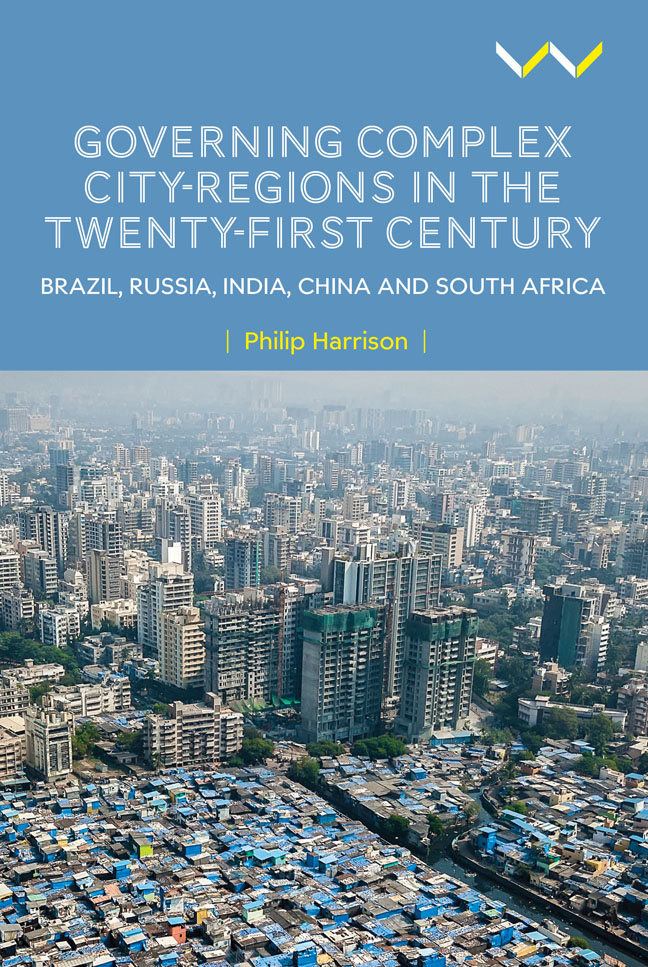 Governing Complex City-Regions in the Twenty-First Century
Governing Complex City-Regions in the Twenty-First Century Book contents
- Frontmatter
- Contents
- List of maps
- Preface
- Acknowledgements
- Acronyms
- Cartography
- Introduction: Exploring hyper-complexity
- 1 The global view: The city-region as material form, discourse and governmental practice
- 2 The governance of Brazil’s metropolitan regions
- 3 The governance of Russia’s urban agglomerations
- 4 Metropolitan and city-region governance in India
- 5 Governing the city clusters of China
- 6 City-region governance in South Africa
- 7 Concluding and comparative insights
- References
- Index
5 - Governing the city clusters of China
Published online by Cambridge University Press: 02 March 2024
- Frontmatter
- Contents
- List of maps
- Preface
- Acknowledgements
- Acronyms
- Cartography
- Introduction: Exploring hyper-complexity
- 1 The global view: The city-region as material form, discourse and governmental practice
- 2 The governance of Brazil’s metropolitan regions
- 3 The governance of Russia’s urban agglomerations
- 4 Metropolitan and city-region governance in India
- 5 Governing the city clusters of China
- 6 City-region governance in South Africa
- 7 Concluding and comparative insights
- References
- Index
Summary
Introduction
A case in extremis
Of all cases in the BRICS (Brazil, Russia, India, China and South Africa) countries, China has attracted the most attention in the governance of its large urban agglomerations, and there is a good reason for this. China’s cities carry immense weight globally. The United Nations World Urbanization Prospects recognised 425 cities in mainland China with a combined population of 594 million (United Nations 2018). This is 23 per cent, nearly one-quarter, of the world total on both counts. Despite the increasing attention, urban scholarship on China is still underrepresented, relatively speaking. If we combine these cities into city clusters as China has done in its official policy, then we have three of the world’s largest agglomerations (the others being the megalopolis along the north-east coast of the USA, the ‘Blue Banana’ in western Europe, and the megaroporisu along the south coast of Japan).
A focus on China’s large urban agglomerations is important for other reasons. To begin, with its immense scale and rapid rate of development, China offers a case in extremis. Kathleen Eisenhardt et al. (2016, 1118) write that ‘it is hard to argue that studying a “talking pig” – an extreme case – is not valuable. Extreme cases are particularly relevant to Grand Challenges [highly complex problems] because studying these cases can create broad awareness of the focal challenge’.
Secondly, China’s city clusters provide a window into the governance dilemmas and contradictions faced by an authoritarian regime:
• the challenge of horizontal coordination within a vertically aligned political system;
• the economic benefits of agglomeration versus the political threats of large concentrations of people;
• the need to unleash local energies while maintaining control from above; and
• the practical requirements of managing the environmental spillovers and infrastructure requirements of mega-scale development.
In navigating the tensions, China has adopted a form of ‘state orchestrated rescaling’ although with varying degrees of managed, bottom-up initiatives and regionally based associational relationships (Wu 2016, 1134).
This chapter continues by locating the current dilemmas and practices within China’s political cultures and histories and in the materiality of contemporary urban development. It then turns to the development of the discourse on city clusters, reflecting both vernacular and international influences.
- Type
- Chapter
- Information
- Governing Complex City-Regions in the Twenty-First CenturyBrazil, Russia, India, China, and South Africa, pp. 117 - 144Publisher: Wits University PressPrint publication year: 2023
